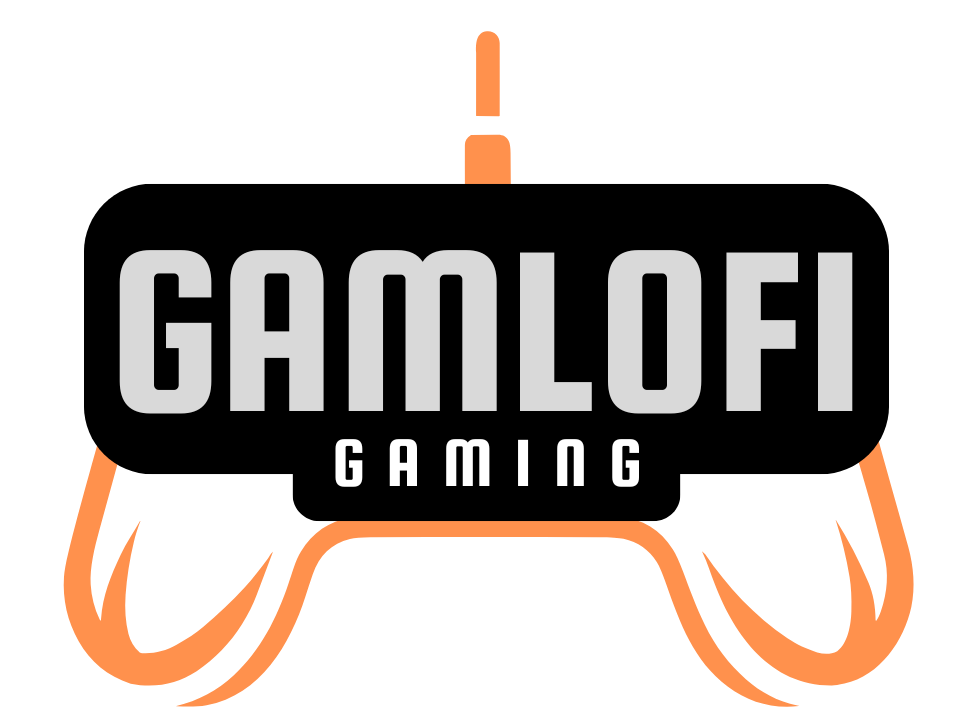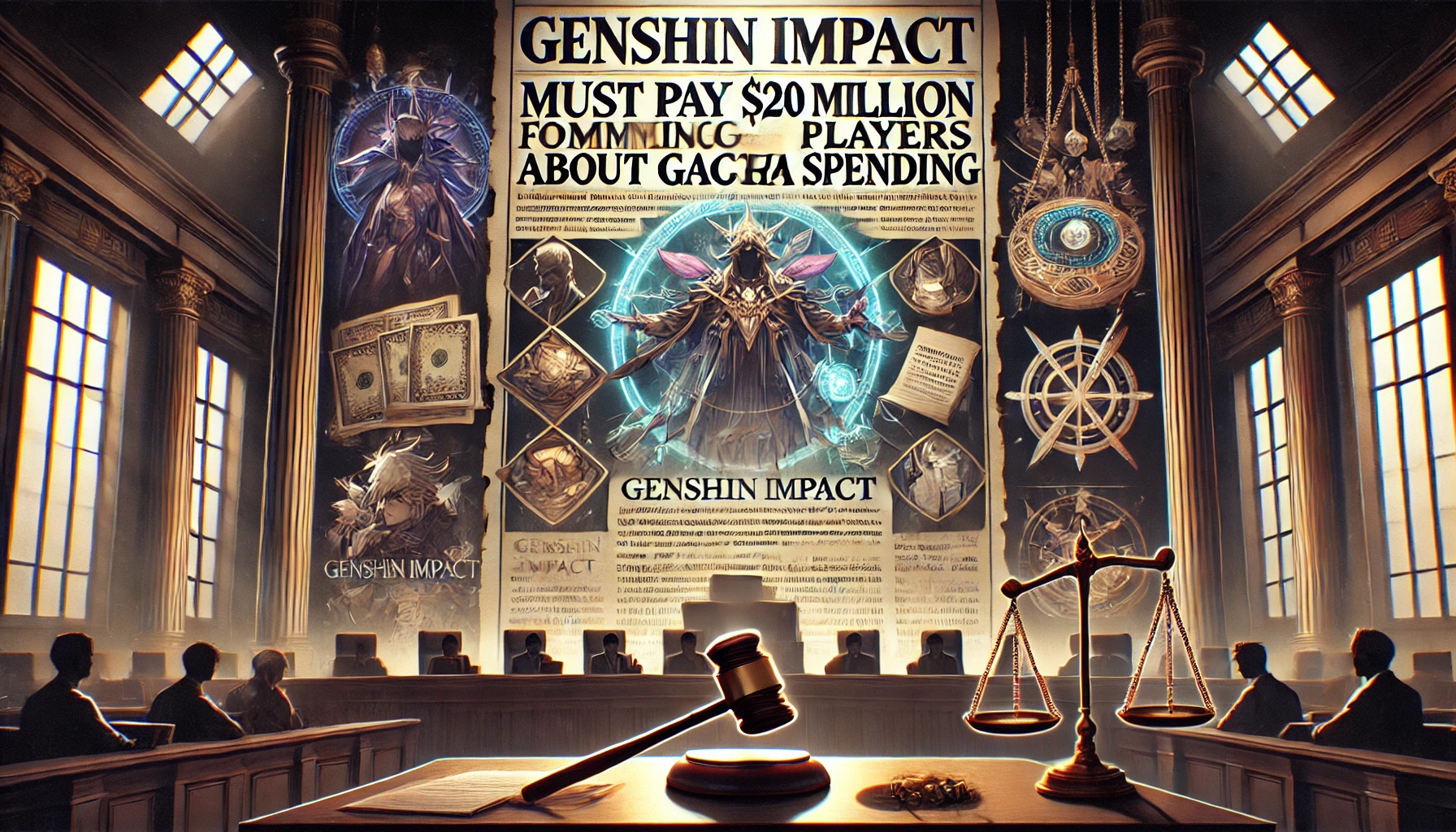Genshin Impact Must Pay $20 Million for Misleading Players About Gacha Spending
Genshin Impact must pay $20 million for misleading players about gacha spending, a decision made by the Federal Trade Commission (FTC) due to deceptive practices surrounding its in-game purchases. Developed by HoYoverse, Genshin Impact has captivated millions of players worldwide but now faces significant scrutiny for its revenue model.
Understanding Genshin Impact’s Gacha Spending Issues
HoYoverse is accused of employing misleading tactics in its gacha system, which is central to character acquisition in Genshin Impact. The FTC’s investigation highlighted several key issues:
- Marketing to Children: The company is accused of targeting children and collecting data on them, violating the Children’s Online Privacy Protection Act (COPPA).
- Deceptive Practices: HoYoverse allegedly misled players about the actual costs associated with Genshin Impact gacha spending and the odds of obtaining rare items.
- Dark Patterns: The FTC pointed out the use of « dark patterns » in Genshin Impact, designed to manipulate users into making purchases without fully understanding the implications. This includes confusing purchase options that obscure the true cost of loot boxes.
Samuel Levine, director of the FTC’s Bureau of Consumer Protection, stated, « Genshin Impact must pay $20 million for misleading players about gacha spending, deceiving children and teens into spending hundreds of dollars on prizes they stood little chance of winning. »
Consequences of the FTC’s Findings on Gacha Spending
As a result of the FTC’s investigation, several changes will be implemented regarding Genshin Impact’s gacha spending practices:
- Age Restrictions: Players under 16 will not be allowed to spend money on loot boxes without parental consent, protecting younger audiences from unintended financial burdens.
- Data Privacy: Personal information of players under 13 will be deleted unless parents provide explicit permission for its collection, aligning with COPPA regulations.
- Transparent Pricing: Loot boxes purchasable with virtual currency must have clearly labeled real-money equivalents, ensuring players understand the financial implications.
- Disclosure of Odds: The odds of obtaining items from loot boxes and the exchange rates for in-game currencies must be accurately disclosed to players, helping them make informed decisions about their spending.
While these changes may seem significant, many argue that they are minimal compared to Genshin Impact’s substantial revenue. The game has generated over $1 billion in its first six months on mobile alone and consistently earns billions, making the $20 million fine appear minor.
The Impact on Players and Gacha Spending
It’s important to note that this fine is not a class-action settlement; the money will not be distributed to players. Instead, it serves as a punitive measure against HoYoverse for its practices. Players who have invested significant amounts in Genshin Impact may feel that the repercussions do not adequately address the potential harm caused by the game’s gacha mechanics.
Understanding Genshin Impact’s Gacha System
For those deeply immersed in Genshin Impact, the intricacies of the gacha system can be both fascinating and frustrating. The game employs a complex array of odds and probabilities, where players can spend real money to acquire in-game characters and items. While experienced players may eventually decipher the odds and strategies required to maximize their chances, the system can be bewildering, particularly for younger audiences.
The FTC’s findings suggest that HoYoverse was aware of the confusion surrounding its gacha mechanics and may have exploited this to boost revenue. By utilizing tactics that obfuscate the true costs and odds, the company may have inadvertently encouraged players to spend more than they intended.
The Future of Genshin Impact and Gacha Spending
As Genshin Impact continues to thrive, the implications of the FTC’s ruling will likely shape the future of the game and its revenue model. HoYoverse will need to adapt its practices to comply with the new regulations, ensuring that players are better informed about the costs associated with gacha spending.
The company has already demonstrated its commitment to expanding the Genshin Impact universe, with regular updates and new content keeping players engaged. However, the challenge lies in balancing monetization strategies with ethical considerations, particularly when it comes to protecting younger players.
Conclusion: Genshin Impact’s Responsibility in Gacha Spending
The $20 million fine imposed on HoYoverse serves as a crucial reminder of the responsibilities that game developers have towards their players, especially minors. As Genshin Impact continues to dominate the mobile gaming landscape, the company must prioritize transparency and fairness in its gacha mechanics. By doing so, HoYoverse can ensure that its players enjoy a rewarding gaming experience without falling prey to deceptive practices.
For more information about Genshin Impact and its updates, visit genshin.hoyoverse.com. The ongoing dialogue surrounding gacha spending and player protection will undoubtedly influence the future of gaming, making it essential for developers to remain vigilant and accountable.

